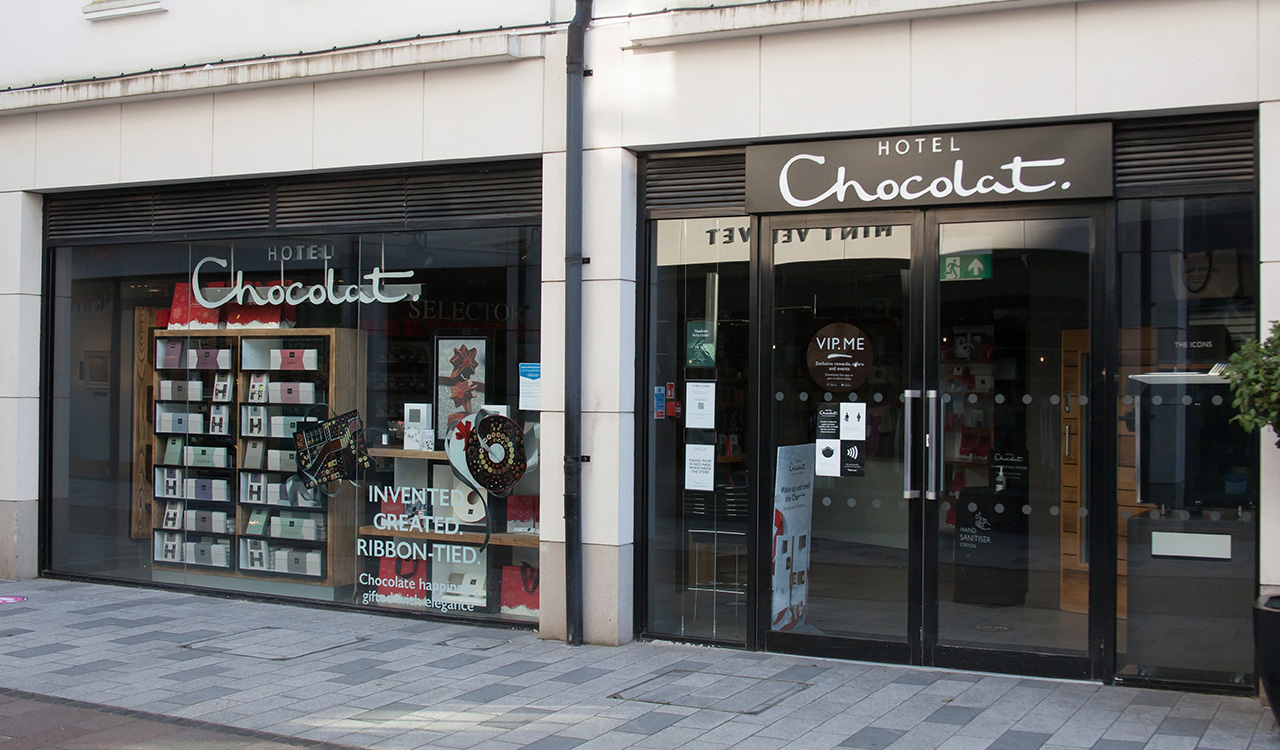Fashion specialty stores are caught in a squeeze play. Blame it on the democratization of fashion. But there’s also the proliferation of ecommerce with over $208 billion in online fashion retail sales each year. But there’s more at play here including a shift in consumer behavior post-pandemic, the rise of stylish goods in discount stores, hotter-than-ever fast fashion, and a dressed-down consumer opting into athleisure wear. As consumers work remotely (globally, 37 percent of workers have reported back to the office five days a week post-pandemic), the move to casual apparel is only going to grow. And then “fashionable” apparel at every price point has become ubiquitous in an overstored U.S. market, driving up competition and driving down prices. So where does a specialty fashion store land?
While next gens declare avoiding fast fashion because of over-production and concerns about sustainability, the numbers don’t support it. Fast fashion is ripping the carpet right out from under traditional specialty fashion brands.
The Stats: A Slow Year for Specialty
Gap Inc. is the largest U.S. fashion specialty store retailer by revenues, and the only one on the top U.S. retailer list (slipping two spots from 34 in 2019 to 36). The brand experienced a sales decline of 5.9 percent last year with similar results in the first quarter. As for other fashion specialty brands, Chico’s sales were down 1.1 percent, Abercrombie & Fitch was down 0.4 percent and American Eagle Outfitter was flat to 2021. On the other hand, Urban Outfitters posted a 14.2 percent increase in sales for 2022. In Q1 2023, the company stayed on course with a 5.9 percent increase, surpassing a record-breaking one billion-plus in sales. A&F posted a 3 percent Q1 increase for Q1, signaling a new beginning for the company under the leadership of CEO Fran Horowitz.Pandemic Reprogramming
During the pandemic shutdown of nonessential retailers, shoppers could only buy fashion items from discount stores and online. Even when the stores reopened, consumers limited the number of shopping trips to stores for the remainder of 2020 and well into 2021. This played into the hands of the essential retailers: When shoppers picked up milk at Target, they also picked up a pair of sweats or shorts. They became trained to one-stop-shop to minimize exposure to public spaces. Fast forwarding to 2022 and this year, consumers that started buying fashion at Walmart and Target continued that shopping behavior. It paid off for Target which increased its revenue in apparel and accessories by 32 percent since 2017. Meanwhile, Walmart started upping its game back in 2017 when Denise Incandela joined as executive vice president of apparel and private brands and orchestrated an about-face with fashion. In a recent investors meeting, Incandela said the go-forward strategy is to democratize fashion, stating Walmart’s research that showed 80 percent of its customers were purchasing higher-priced clothes elsewhere. Her goal is to convert the company’s, price-conscious shoppers into style-conscious shoppers. Walmart’s five-year compound annual growth rate (CAGR) for fashion apparel in 2017 was 2.5 percent, now at 3.8 percent. The total growth in Walmart fashion apparel sales has increased by an estimated 39 percent in the past decade. Walmart is adding more than a dozen new lines of pricier, more profitable fashion merchandise through partnerships with celebrities like Drew Barrymore and Sofia Vergara. Consumers shifted their shopping visits from fashion apparel stores to discount stores, off-price retailers, and thrift stores as value-conscious shoppers look to stretch their dollars.Consumers Call the Shots
Consumer behavior is always the wild card. Pragmatists, and consumers have shifted to more value-oriented fashion products at discount stores, fast fashion brands, and off-price retailers. “The off-price sector has proven to be an especially resilient retail category with a unique in-store experience that serves as an ongoing draw, but chains in the space have also likely benefited from a value orientation in a period of economic challenges,” says Ethan Chernofsky, senior vice president of marketing at Placer.ai. Need proof? Shopping visits to apparel retailers excluding off-price were around 53 percent of the total pre-pandemic. Now? Visits declined to 46 percent in Q1 2023. Off-price retailers are systematically taking share away from other apparel retail stores, representing nearly 54 percent of shopping visits. While next gens declare avoiding fast fashion because of over-production and concerns about sustainability, the numbers don’t support it. Fast fashion is ripping the carpet right out from under traditional specialty fashion brands.- Zara sales were up 13 percent in 2022 with $35 billion in sales, and more impressively, profits were up 54 percent in Q1.
- H&M sales were up 12 percent in Q1, with a 2022 increase of 13 percent.
- Inditex posted an 18 percent increase in sales for 2022, selling at regular price.
- Shein ended 2022 up 91 percent over 2021, with estimated sales of $30 billion (Crunchbase lists it among the most valuable startups in the world valued at somewhere between $64 and $100 billion — despite having no physical stores).





